Double cleansing isn’t broadly understood, yet it’s one of the most transformative steps you can add to your skincare routine. While social media has helped popularise this technique, many still don’t know what it is, why it is important, or if they should use it.
So, if you’re keen to achieve that long-sought clear, glowing complexion, here’s everything you need to know about how to incorporate double cleansing into your beauty routine.
What is double cleansing?
First things first: double cleansing doesn’t mean using two of the same cleansers on your face. It means using two cleansers in succession, each with its own function to cleanse your complexion without stripping its natural barrier.
Dr Kirsty Wallace-Hor, a Specialist GP at Software, explains: “Double cleansing isn’t just washing your face twice – or at least, it isn’t usually. Classic double cleaning involves using two different kinds of cleaners with different aims.
“An oil-based cleanser is used first. As you would expect from the name, oil-based cleansers are great at removing excess sebum (the oily substance produced by the sebaceous glands in our skin), sunscreen and heavy or waterproof makeup.
“Next, you use a water-based cleanser, which helps with sweat and physical dirt on the skin, as well as anything else left behind by the oil-based cleanser.”
Why is double cleansing good for your skin?
There are a number of benefits to double cleansing. For one, you’ll feel extra clean and fresh, but there’s more:
More effective makeup and sunscreen removal
Sunscreen is a must and if you wear makeup — especially long-wearing and waterproof formulas — you know how hard they can be to remove. As Dr. Wallace-Hor explains, “Being able to adequately remove the sunscreen you’ve applied throughout the day is just as important as finding the right sunscreen for your skin type.”
Better performance from your products
If you’re already using vitamin C, retinol or glycolic acid in your routine, double cleansing is also a great way to get the most out of your actives. “Adopting this two-step process can help optimise the effect of these ingredients,” says Dr Wallace-Hor. A clean face will always allow actives to penetrate better.
Reduced breakouts and congestion
Double cleansing is especially great for those with oily skin or combination skin because it helps prevent comedones (aka, blackheads and whiteheads). Salicylic acid in your water-based cleanser is a great ingredient to help break down and clear congestion in the pores.
Balanced skin health
Double cleansing shouldn’t upset your skin’s balance. In fact, when done properly, it will continue to support your skin’s natural balance while removing dirt from your pores. It’s not a question of taking away your skin’s natural oils but rather cleansing your skin effectively and sensibly.
How to double cleanse effectively
Double cleansing couldn’t be easier. In fact, once you’ve mastered it, you’ll wonder how you ever lived without it.
Step 1: Oil-based cleanse
Massage the oil cleanser into your dry skin, working the product for around a minute. This should break down makeup, sunscreen and sebum. If you’re not ready to buy new products, you can start by using your regular cleanser twice a day. If you are ready, choose a dedicated oil cleanser based on your skin type.
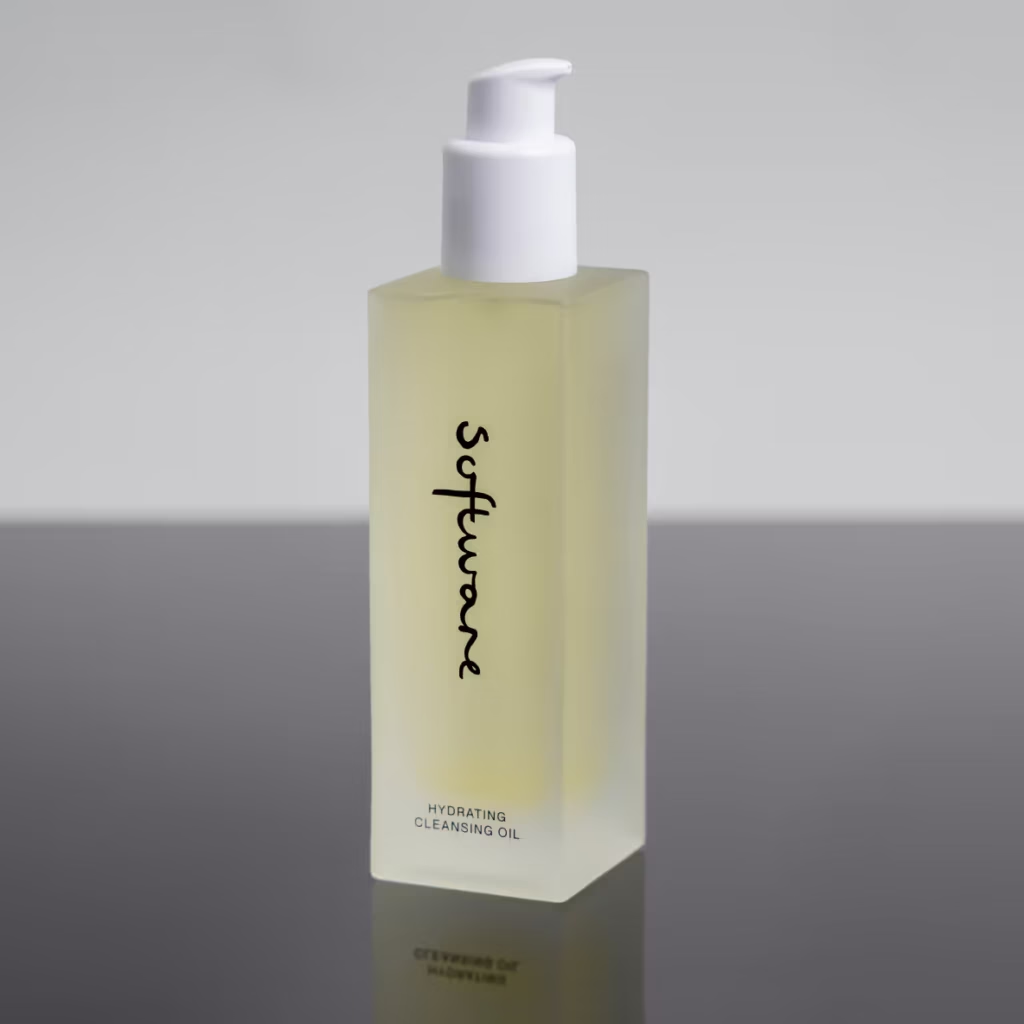
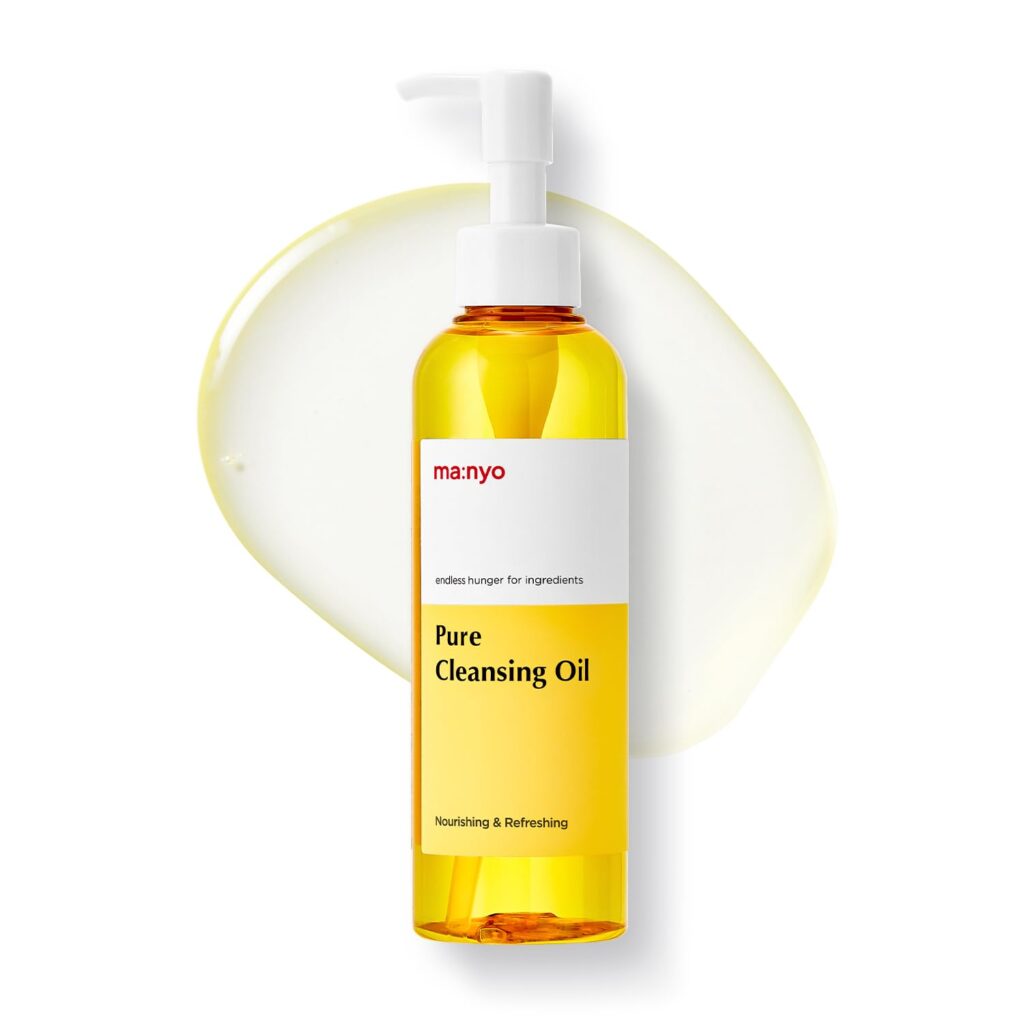
Step 2: Water-based cleanse
The second step is to remove any remaining impurities. Once you’ve rinsed off the oil cleanser, use your water-based cleanser. If you have an oily skin type, you might prefer a foaming cleanser, whereas if you have dry or sensitive skin, it may be best to choose a gentle, hydrating formula.
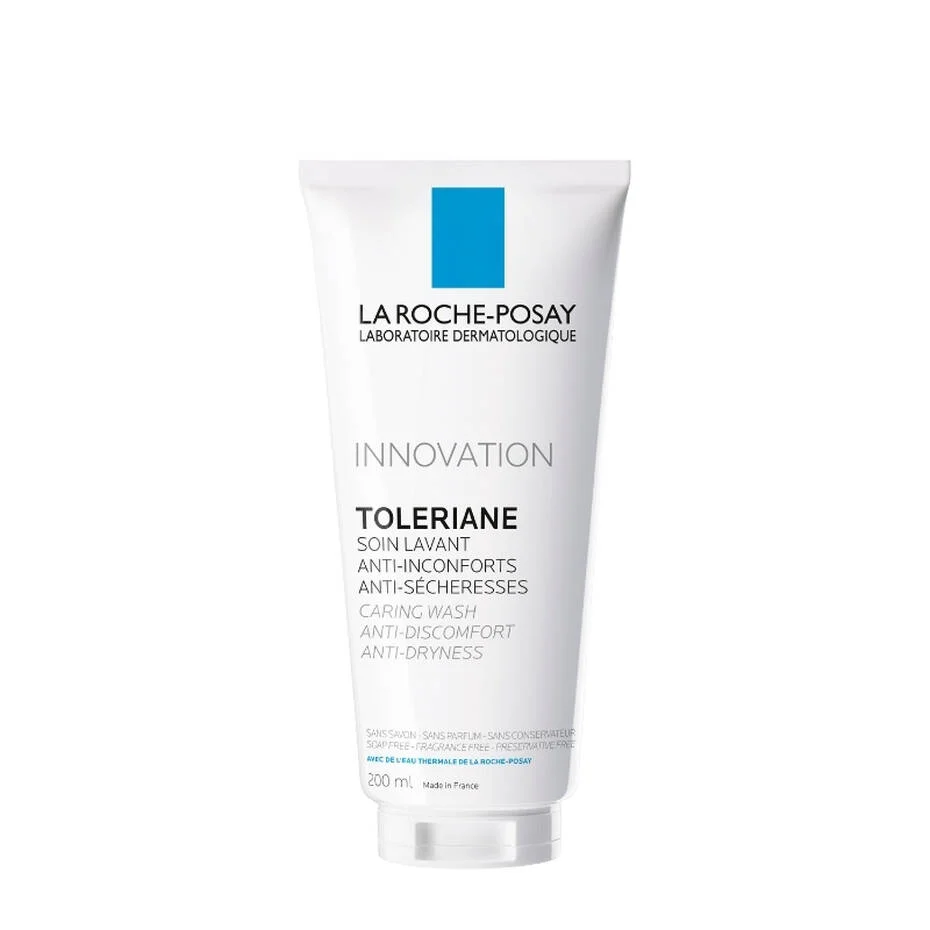
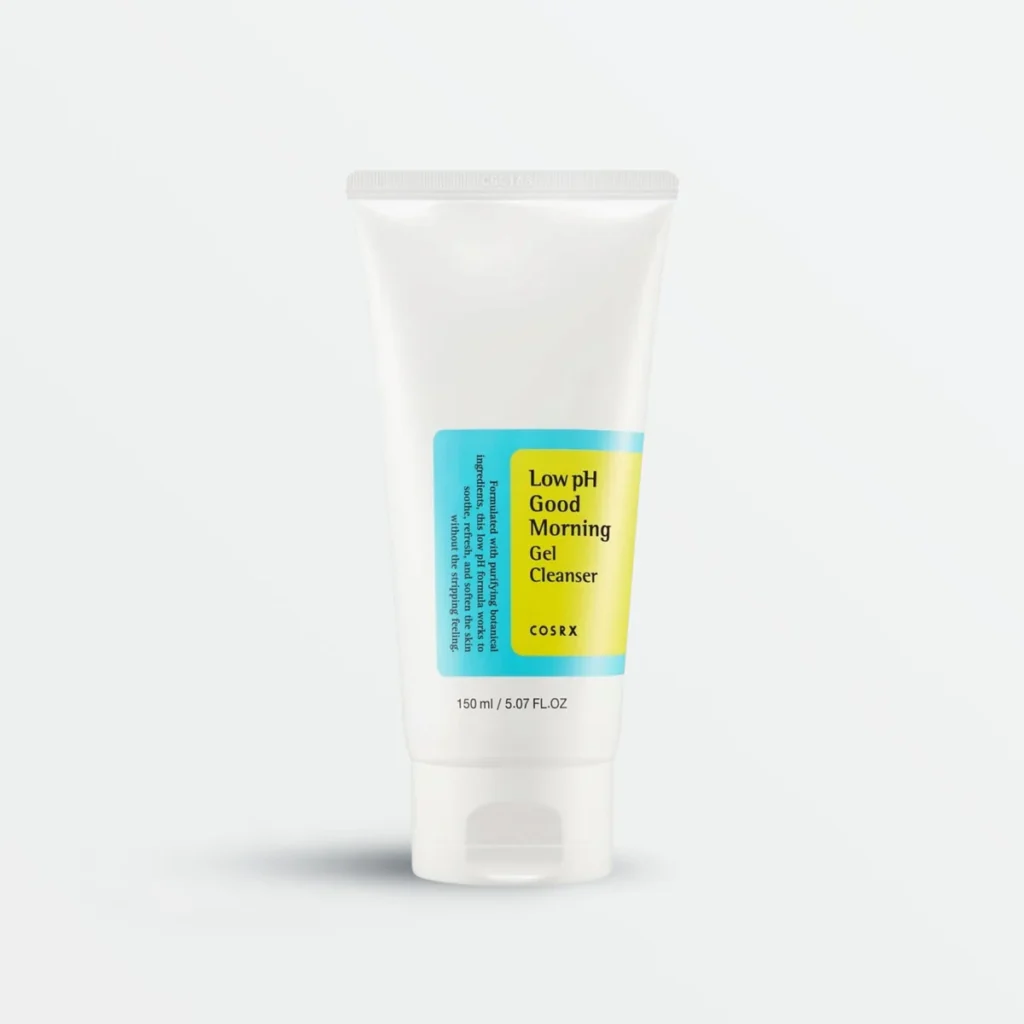
Step 3: Rinse and hydrate
Finally, use lukewarm water to thoroughly remove all the cleanser, and apply your hydrating products to lock in moisture.
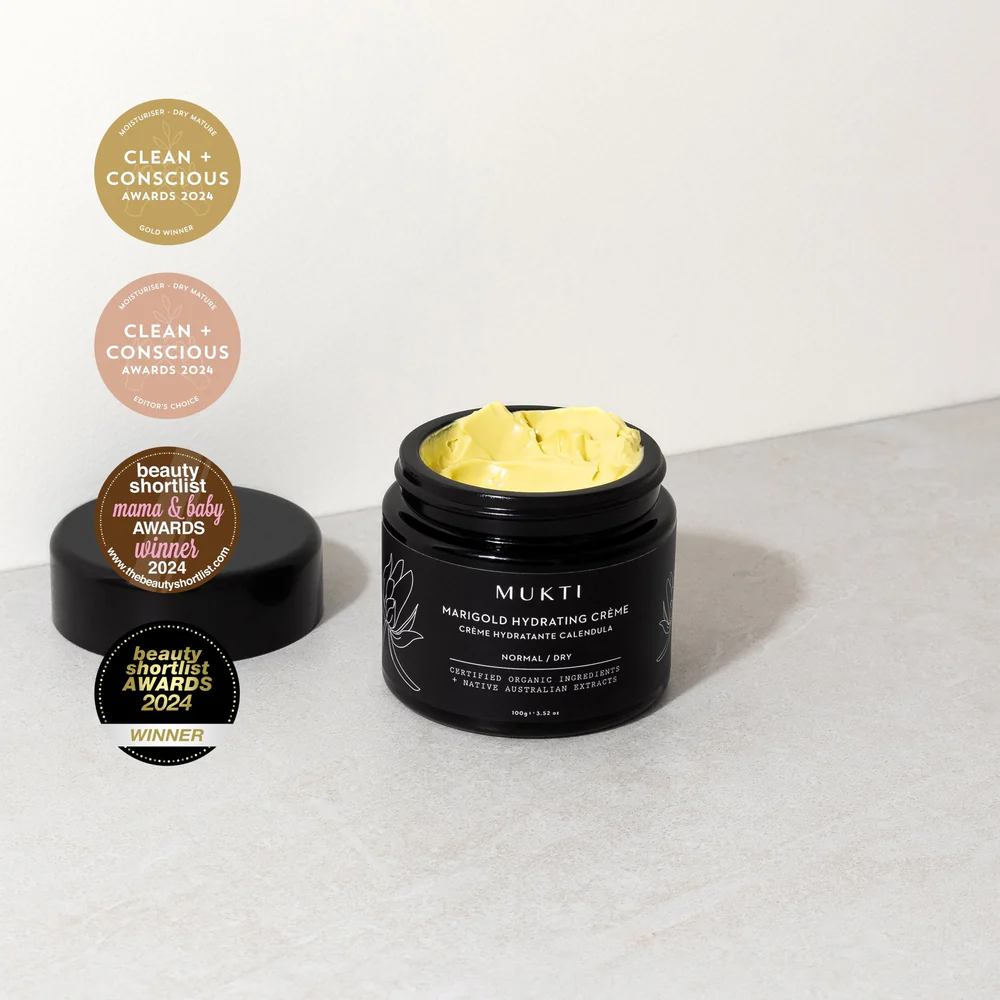
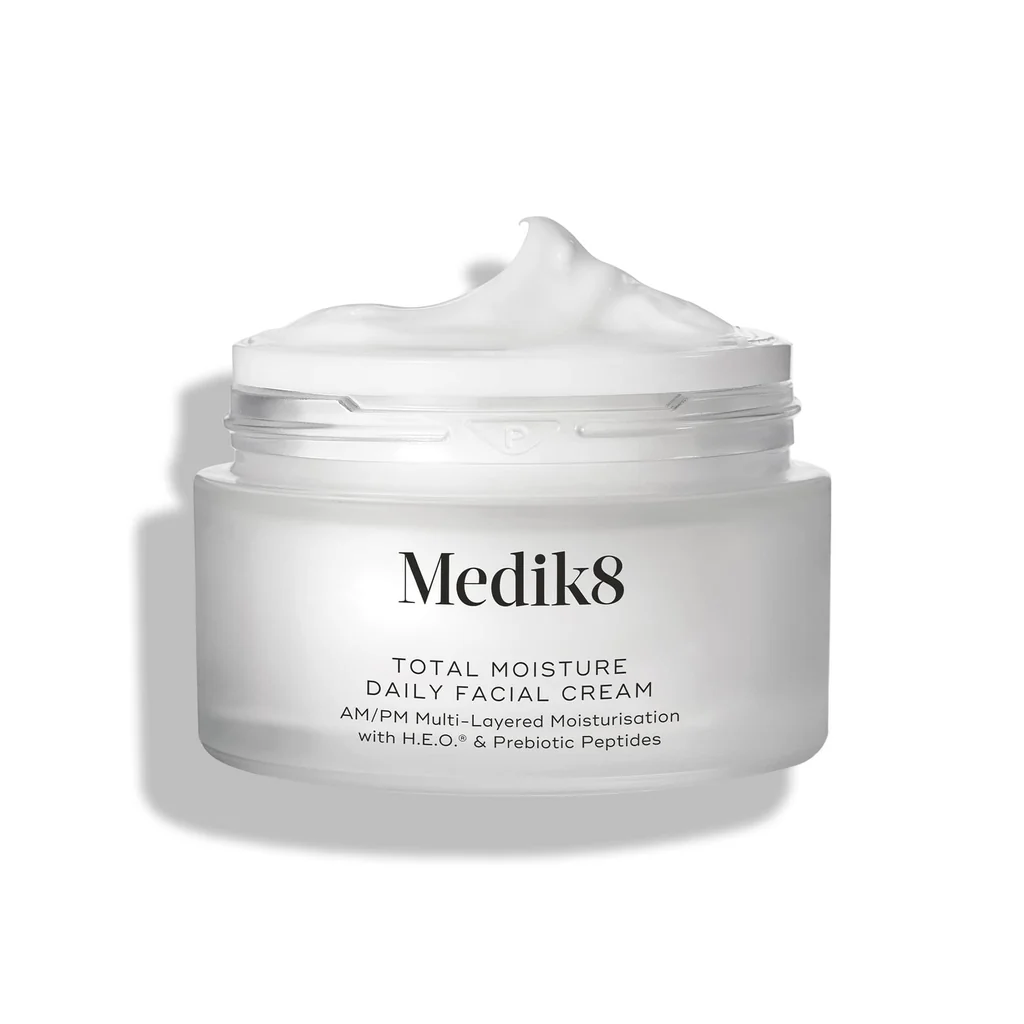
Is double cleansing right for you?
While double cleansing brings a lot of benefits, it’s not for everyone. Dr Wallace-Hor advises that we be careful and use it as needed: “You don’t want to overdo it. It’s best to double-cleanse when needed (for example, if you have used a lot of sunscreen or makeup).
“Double cleansing too often can dry out your skin and potentially trigger more sebum production. It’s also not a good idea to double cleanse if your skin is irritated for other reasons. Signs of skin irritation such as redness, stinging or peeling indicate that your skin barrier is compromised. If this happens, it’s best to strip your skincare routine down to absolute basics and just use a single gentle cleanser and moisturiser without any active ingredients until your skin has recovered.”
Additionally, “the double cleansing technique might also not be suitable for people with dry or sensitive skin, particularly if you have a condition like eczema or rosacea.”
What products should you use?
Product selection is a trial-and-error process. Dr Wallace-Hor suggests that you avoid products with heavy fragrances, which can cause irritation.
She adds that those with sensitive skin should also be careful when it comes to active ingredients: “Whilst products with alpha hydroxy and beta hydroxy acids (i.e., salicylic acid and glycolic acid) can help with comedones and textured skin, they can also be irritating. If you do use active ingredients, it’s a good idea to introduce them one at a time, and gradually. It can also help to do a patch test first.”
Double cleansing isn’t a fad – it’s a tried-and-tested method that’s been adopted by skincare enthusiasts all around the world. But remember, what works for someone else might not be right for you. If you’re not sure if double cleansing is for you, get in touch with your local skincare professional for guidance.
Read more of our Beauty articles here.





